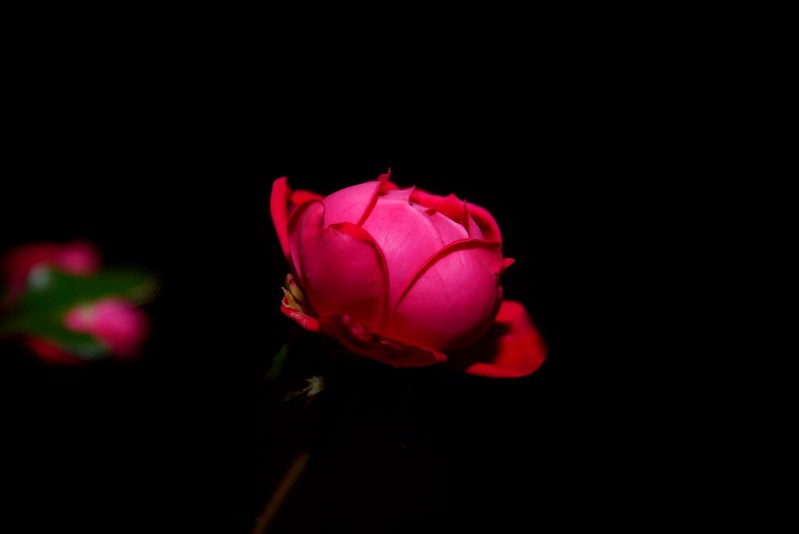StaceyMay
TPF Noob!
- Joined
- Jun 30, 2017
- Messages
- 2
- Reaction score
- 0
- Can others edit my Photos
- Photos OK to edit
Hello photographers!
I am very happy to be joining this community right now !
!
I have been taking photos for about a year now and have been taking some classes as well. (So I don't know if you'd concider myself a begginer or not, but I think I am compared to some other amazing photographers out there lol)
I have started looking at HighlightYourWinkles photo channel on YouTube and I fell in love with the style of photos she does. My budget does not allow me to get all those fancy flashes and stuff, so I went out and bought an SB-500 flash. I also got a soft box for it, and ordered a lightsphere.
I went out to shoot some test shots today against the sun but the photos turned out ok but with a very dark background. I used a light box and a cord so that I could direct the flash to the side of the subject. And I also attempted to use a reflector.
Any ideas how to make the photos nice and bright ?
I am going to the forest and a river in 2 days and i really want to create nice and creative photos there.
Any advice would be greatly appreciated!!!
I am very happy to be joining this community right now
 !
!I have been taking photos for about a year now and have been taking some classes as well. (So I don't know if you'd concider myself a begginer or not, but I think I am compared to some other amazing photographers out there lol)
I have started looking at HighlightYourWinkles photo channel on YouTube and I fell in love with the style of photos she does. My budget does not allow me to get all those fancy flashes and stuff, so I went out and bought an SB-500 flash. I also got a soft box for it, and ordered a lightsphere.
I went out to shoot some test shots today against the sun but the photos turned out ok but with a very dark background. I used a light box and a cord so that I could direct the flash to the side of the subject. And I also attempted to use a reflector.
Any ideas how to make the photos nice and bright ?
I am going to the forest and a river in 2 days and i really want to create nice and creative photos there.
Any advice would be greatly appreciated!!!







![[No title]](/data/xfmg/thumbnail/34/34052-c6933243940b9ae3474b0a2abaa08312.jpg?1734164460)



![[No title]](/data/xfmg/thumbnail/34/34053-89f2960a2f30add00b9b4379abd6dd12.jpg?1734164460)


![[No title]](/data/xfmg/thumbnail/41/41756-e54235f9fba04c8380cd991845bb84b1.jpg?1734176055)